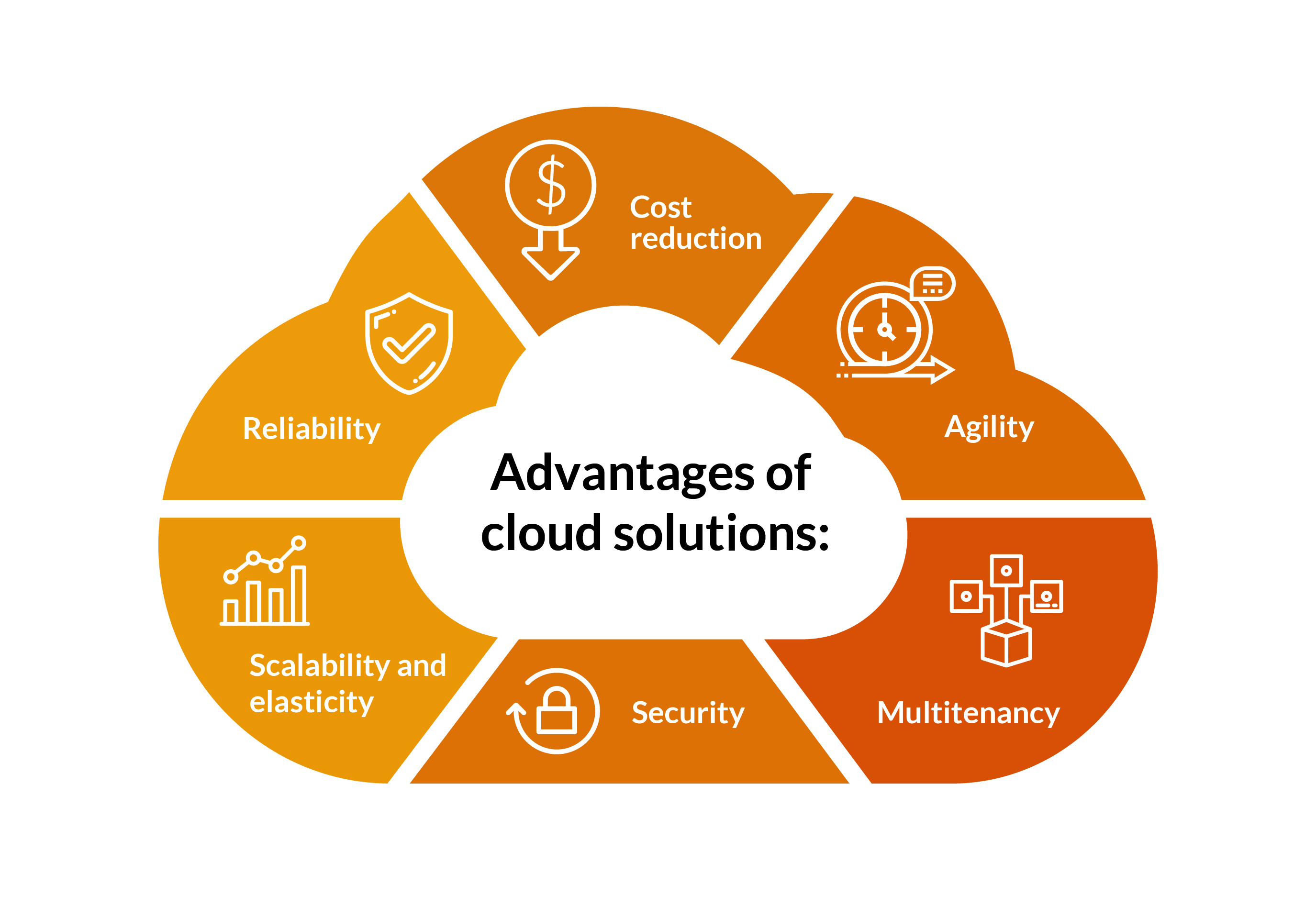Boost Visibility with LinkDaddy Cloud Services Press Release
Wiki Article
Taking Advantage Of the Prospective of Cloud Services for One-upmanship in the Market

Advantages of Cloud Services

Cost-efficiency is one more significant benefit of cloud solutions, as companies can prevent large ahead of time financial investments in software and hardware. Instead, they can go with a pay-as-you-go version, only spending for the sources they consume. This cost-effective approach makes it possible for organizations to designate funds more tactically, purchasing various other areas that drive development and technology. On the whole, the advantages of flexibility, scalability, and cost-efficiency make cloud services a useful asset for business looking for an one-upmanship in today's dynamic market landscape.
Cloud Movement Approaches
Cloud migration needs thorough planning and seamless implementation to ensure a smooth shift of electronic properties to cloud-based atmospheres. Organizations embarking on this journey has to first conduct a thorough assessment of their present IT framework, applications, and information to determine the most appropriate migration method. One typical method is the "Raise and Change" approach, where existing systems are moved to the cloud without considerable adjustments. This technique uses a fast movement process but may not fully leverage the benefits of cloud-native features.Alternatively, the "Replatforming" approach includes making minor adjustments to applications to enhance their performance in the cloud environment. This approach strikes a balance in between rate and optimization, permitting companies to benefit from cloud capabilities while reducing disruptions.
For more facility systems, the "Refactoring" method, likewise known as "rearchitecting," includes upgrading applications to be cloud-native. While this method requires even more time and resources, it can make best use of the benefits of scalability, versatility, and cost-efficiency that cloud platforms offer.
Inevitably, choosing the right cloud movement approach depends upon factors such as the company's goals, spending plan, timeline, and technological demands. By thoroughly evaluating these factors to consider, services can successfully transition to the cloud and obtain an one-upmanship out there.
Enhancing Data Safety And Security Steps
After executing cloud movement methods, companies need to focus on boosting data safety determines to secure their electronic possessions successfully. universal cloud Service. Data protection is extremely Cloud Services important in the electronic age, specifically when leveraging cloud solutions that involve transmitting and storing delicate details.Normal safety audits and susceptability analyses are important to identify and address any kind of weak factors in the information protection framework immediately. Training employees on ideal methods for information safety and security and imposing stringent accessibility controls can likewise reduce the risk of internal information breaches. By spending in robust information safety steps, organizations can impart count on among their customers and stakeholders, eventually gaining an one-upmanship out there.
Leveraging Cloud for Scalability
Carrying out cloud solutions allows companies to dynamically adjust resources according to demand, boosting scalability and optimizing operational performance. Scalability in the cloud context refers to the ability to rapidly and quickly rise or lower sources as needed, giving businesses with the versatility to satisfy transforming demands.Additionally, leveraging cloud scalability makes it possible for organizations to respond promptly to market fluctuations, seasonal demands, or unanticipated growth, guaranteeing undisturbed solution distribution without incurring unnecessary costs. By scaling sources up or down in real-time, companies can keep optimum performance degrees while managing costs. Additionally, scalable cloud solutions equip business to innovate rapidly, deploy new applications efficiently, and adjust to progressing organization demands with dexterity. Generally, accepting cloud scalability is a calculated action that cultivates competition and positions organizations for lasting development in today's vibrant market landscape.

Executing Cloud-Based Partnership
Partnership in modern-day organization environments has actually undergone a considerable transformation with the combination of cloud-based innovations. Cloud-based partnership tools have reinvented the method teams work together, providing real-time communication, document sharing, and project management capabilities no matter physical area. By carrying out cloud-based cooperation options, organizations can enhance performance, boost efficiency, and streamline workflows.Among the crucial benefits of cloud-based collaboration is its capacity to damage down interaction barriers amongst group members. With features like instantaneous messaging, video conferencing, and digital white boards, workers can collaborate seamlessly and remain linked regardless of where they lie. Cloud-based cooperation tools facilitate very easy access to shared sources and documents, allowing team members to function together on jobs in a synchronous way.
In addition, cloud-based partnership promotes adaptability and agility within companies by enabling remote job and fostering cross-functional synergy. Employees can work together in real-time, share responses instantaneously, and make decisions collectively, bring about quicker analytical and better technology. Generally, executing cloud-based partnership is essential for contemporary services aiming to stay competitive in today's interconnected and fast-paced market landscape.
Final Thought
In final thought, the usage of cloud services offers many advantages for companies seeking an one-upmanship out there. By applying cloud movement approaches, improving data safety and security actions, leveraging scalability, and utilizing cloud-based partnership, services can boost performance, lower prices, and remain ahead of the competition. Embracing the potential of cloud services is important for organizations seeking to prosper in today's quickly advancing organization landscape.The capacity to harness the capacity of cloud services offers organizations many advantages, from increased agility and scalability to boosted partnership and data security. As companies navigate the intricacies of cloud movement and check out innovative means to take advantage of cloud technology, the inquiry arises: How can organizations successfully utilize cloud solutions to not only maintain up with but additionally surpass their rivals in the dynamic industry?
Furthermore, the flexibility offered by cloud solutions enables companies to gain access to information and applications from anywhere, promoting remote job and collaboration amongst teams situated in different geographical places. - universal cloud Service
By executing cloud movement approaches, improving information safety and security procedures, leveraging scalability, and utilizing cloud-based partnership, companies can enhance effectiveness, decrease expenses, and stay ahead of the competitors. Embracing the capacity of cloud solutions is important for companies looking to succeed in today's rapidly evolving service landscape.
Report this wiki page